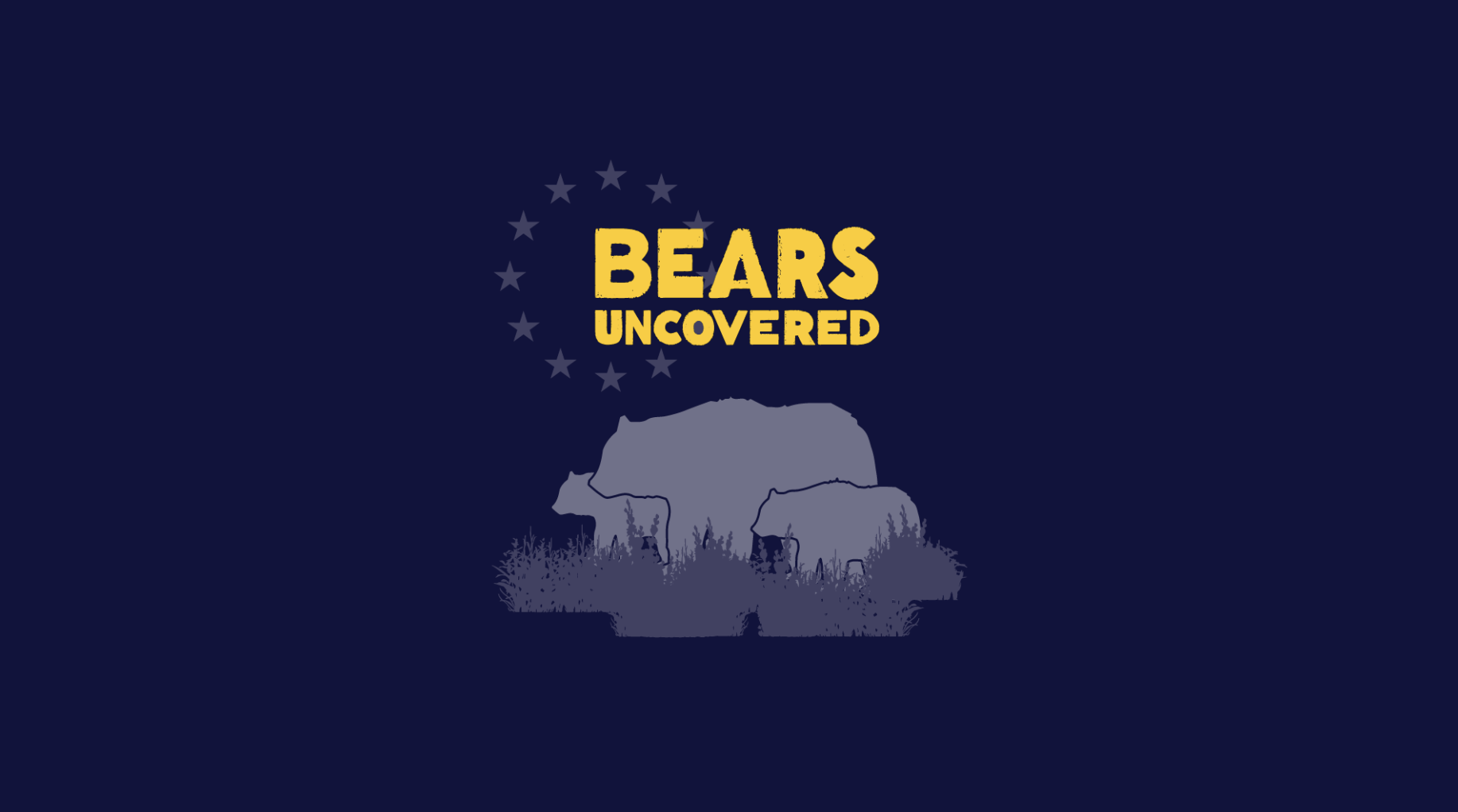Europe is failing to manage its bear population. With brown bear numbers rising in southern Europe, friction between humans and the carnivores is on the rise, presenting a stark choice: cull or coexist. Meanwhile, in many countries, bears are victims of exploitation and cruelty.
“Bears Uncovered” is a cross-border investigative documentary and data project, fleshed out by multimedia and feature stories. It lays bare a conservation crisis affecting 26 countries in Europe in which bears live in the wild.
An international team of journalists travelled to five of those countries – Romania, Italy, Slovenia, Albania and Kosovo – and conducted desk research on the other 21 to discover the status of wild bears and bears in captivity.
Bears are protected by EU law but each country has its own policies on hunting, protecting, feeding or eating the large mammals. For a bear, the difference between death or survival can be a matter of geography, depending on whether it lives in Estonia or Latvia, Norway or Sweden.
In Italy, a bear that kills a person might become the subject of an expensive trial that captivates a nation. In neighbouring Slovenia, such a bear could be shot, chopped up, boiled in a stew and sold in a restaurant.
Among the journalists’ findings:
- Bear numbers are on the rise in southern Europe and stable in most of northern Europe (with a total rise of around 9.3 percent across the continent). Reasons include a greater availability of food and an expanding wilderness as humans abandon parts of the countryside to move to cities. Climate change may also factor.
- The relationship between people and bears has deteriorated in many countries. In Slovenia, Albania and Romania, bears are caged in private homes and outside restaurants.
- In Kosovo, bear fat is available to buy on the black market as an ointment and food.
- In Romania, local and increasingly foreign tourists feed wild bears on the street and force them to pose for selfies. Both activities are illegal.
- In many countries, female bears with cubs are coming closer to urban areas because settlements protect them from alpha males who seek to kill the cubs so the female can mate again. Experts argue that towns can act as “shelters” for female bears fleeing abuse.
- Six countries in Europe allow bear hunting to reduce or manage numbers. But this does not always work as a method of population control. In three countries where bear hunts are sold to foreigners – Russia, Estonia and Slovenia – bear numbers continue to rise.
- The team examined the alternatives to bear culls, such as bear-proofing the countryside, using special dogs to protect livestock and creating natural feeding zones or using sanctuaries for problem bears.
🐻Europe is failing to manage its bear population
Our team has investigated five countries 🇷🇴 🇸🇮 🇦🇱 🇽🇰 🇮🇹 researched 26 European countries where bears are present
To bring a shocking insight into Europe’s troubled relationship with the large carnivoreshttps://t.co/zh0h6OGN1k
— Michael Bird (@MichaelBirdUK) May 13, 2024
“Bear Uncovered” was produced and researched by Ovidiu Dunel-Stancu (Romania), Michael Bird (UK), Vjosa Cerkini (Kosovo) and Stefano Petrelli (Italy), with design by Andrei Cotrut, data visualisation by Razvan Zamfira and editing and post-production by Cristian Gagea.
The media partners are Scena9.ro (Romania), Kall.xo (Kosovo) and Citizens Channel (Albania).
